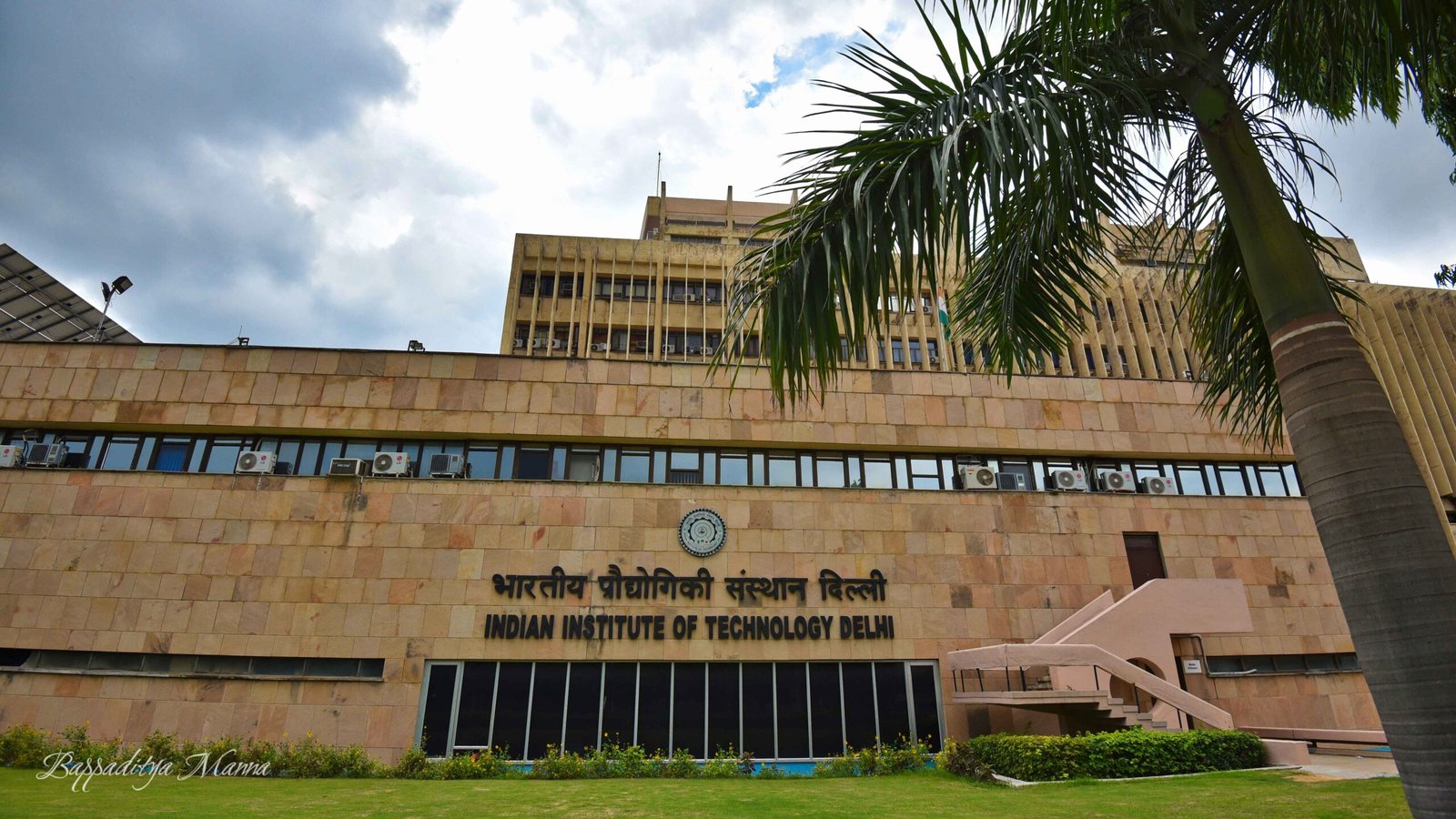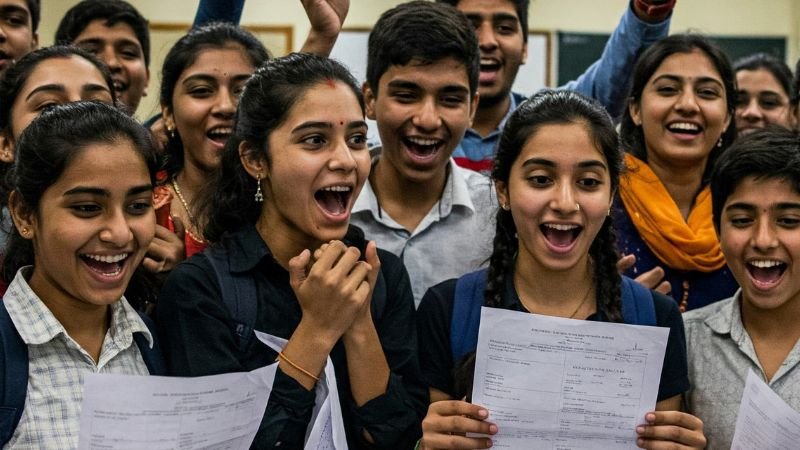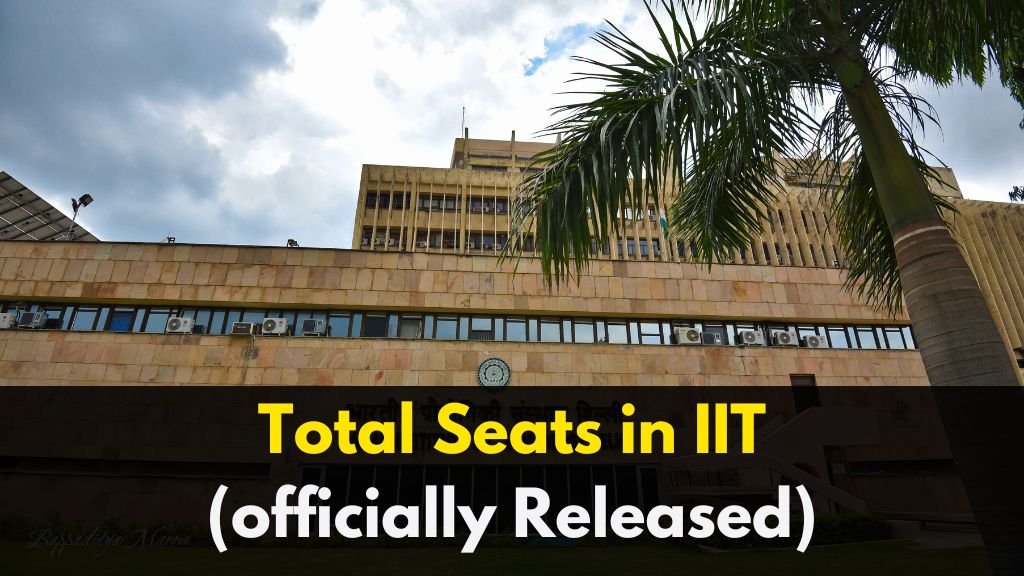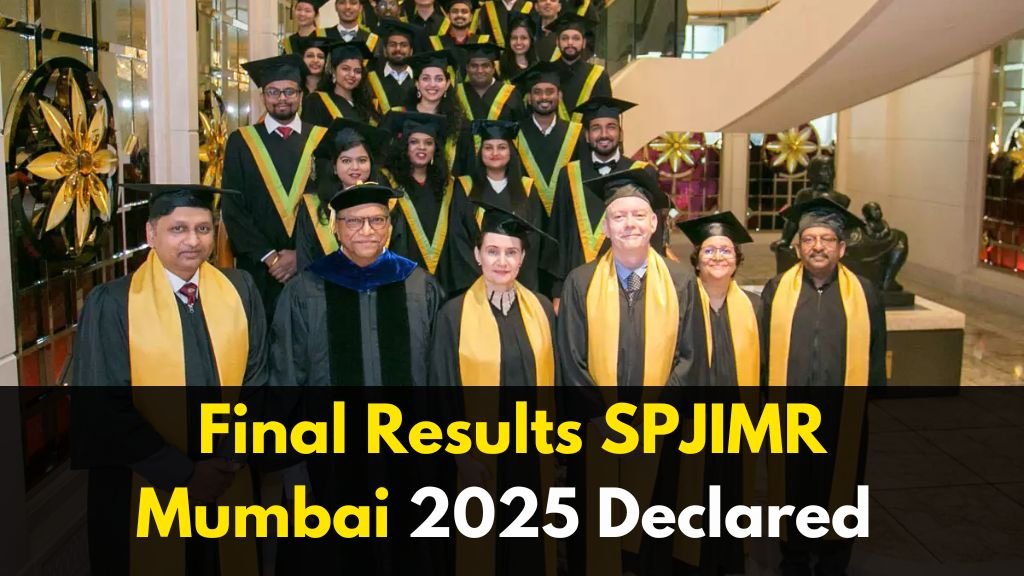How IIT Delhi is Shaping Future Global Leaders: A Bridge Between India and Central Asia

Table of Contents
A New Chapter in Global Education Collaboration
Picture entering one of the most reputed educational institutes campuses in India, where the future is being crafted by the most intelligent youngsters of the world. This was the experience of 100 students hailing from Kazakhstan, Tajikistan, Turkmenistan, Uzbekistan, and Kyrgyzstan as part of the International Youth Exchange Programme (IYEP) at IIT Delhi. This program, a bold innovation suggested during the India-Central Asia Summit, aims to repair the region’s intercontinental relations with the help of inventions and learning.
The Power of Cultural and Educational Exchange
For centuries, India and Central Asia have been interconnected, from the ancient Silk Route to modern economic and educational ties. This exchange is not just about learning but about creating opportunities for young leaders to explore new possibilities. The delegation was welcomed warmly by IIT Delhi’s Director, Prof. Rangan Banerjee, who encouraged students to consider higher studies or research collaborations at the institution. “You are the future, and we would love to create the future with you,” he remarked, inspiring the visitors.
Immersive Learning Beyond the Classroom
Instead of just attending lectures, the students got hands-on exposure to cutting-edge research at IIT Delhi’s Central Research Facility (CRF). They engaged with faculty members working on AI-driven innovations, sustainable technology, and next-generation robotics. Prof. Charu Monga, a key figure in the university’s R&D, introduced the delegation to groundbreaking projects addressing real-world challenges.
The highlight of the day? A direct interaction with IIT Delhi students, where ideas, aspirations, and dreams were exchanged. “It was fascinating to hear about their career goals and perspectives,” shared Priya, an IIT postgraduate student. “Conversations like these show us how much we have in common despite coming from different backgrounds.”
Why This Visit Holds a Greater Significance
This program goes beyond a simple university tour. For Central Asian students, it’s a glimpse into world-class education, motivating them to dream bigger. For India, it’s a strategic move to strengthen ties with emerging economies. The delegation’s itinerary includes interactions with top Indian leaders, including External Affairs Minister S. Jaishankar, and business think tanks like the Chamber of Commerce.
In the long run, collaborations like these help shape global policies in education, technology, and youth empowerment. “When students connect beyond borders, they don’t just exchange knowledge – they build lifelong relationships that shape the future,” said Prof. Banerjee.
Expert Overview: The Larger Picture
According to Dr. Meena Singh Roy, Head of the Central Asia Studies Programme at IDSA, this initiative strengthens India’s ‘Act East’ & ‘Connect Central Asia’ policies. “Education diplomacy is one of the strongest tools for global partnerships,” she explains. “India, with its rising influence in technology and research, is becoming a key destination for aspiring students worldwide. Such exchanges lay the foundation for deeper cooperation beyond just academia – they create future leaders who understand global challenges.”
The Road Ahead: What’s Next for These Young Leaders?
As the delegation continues their journey across India, meeting influential personalities and exploring potential collaborations, the real impact of this experience will unfold in the years to come. Some might return for further studies, while others could initiate collaborative research between Indian and Central Asian universities.
What remains certain is this: IIT Delhi did not just host 100 students. It opened doors to 100 future leaders, innovators, and change-makers. Perhaps years from now, one of these students will look back and say, “That trip to IIT Delhi changed my life.”


















